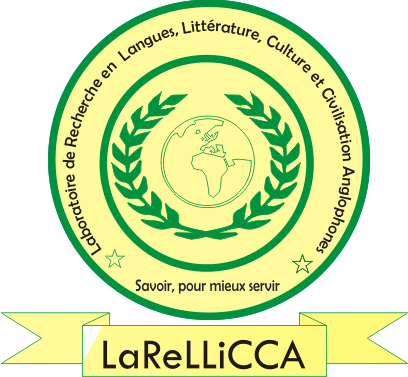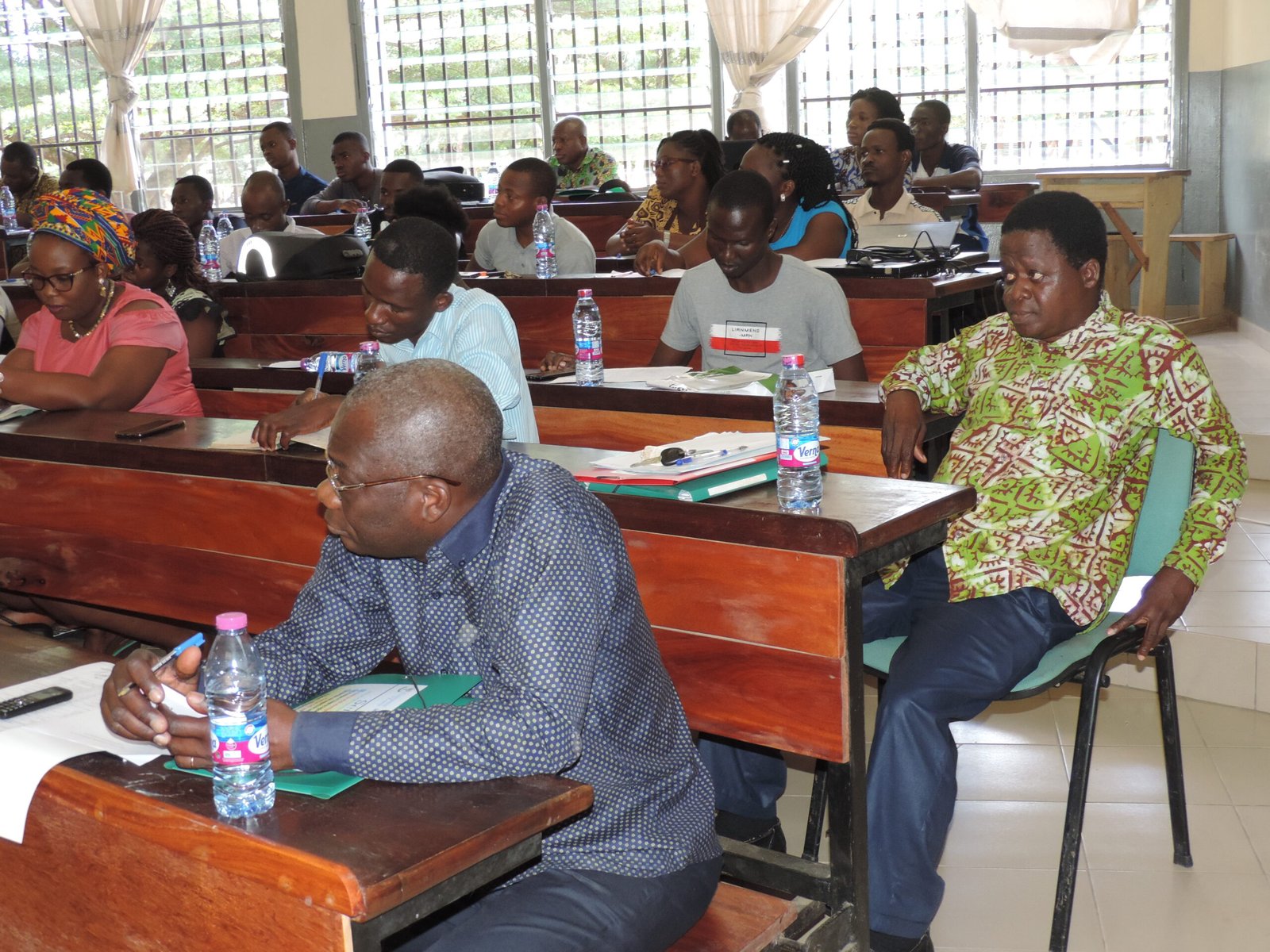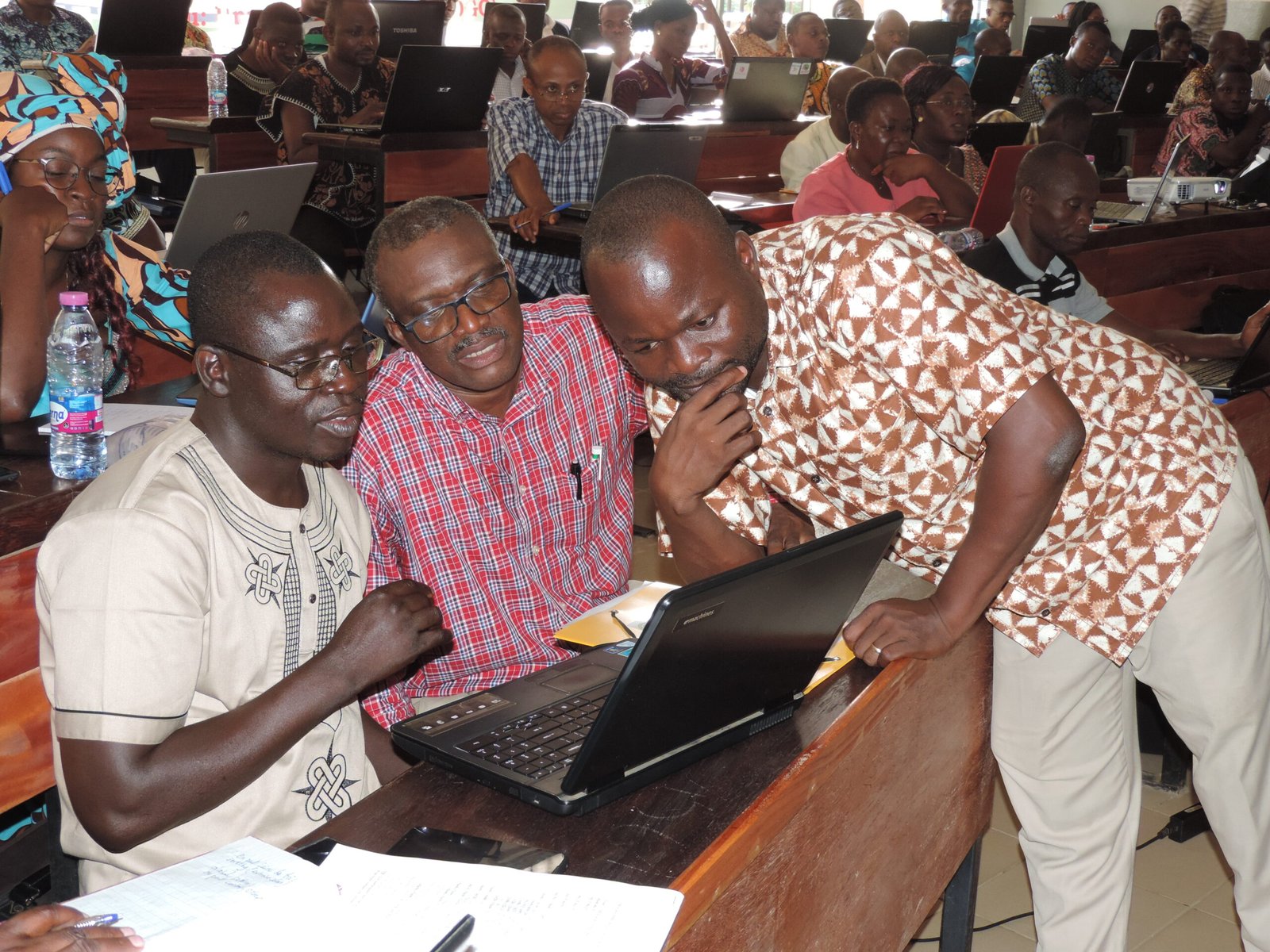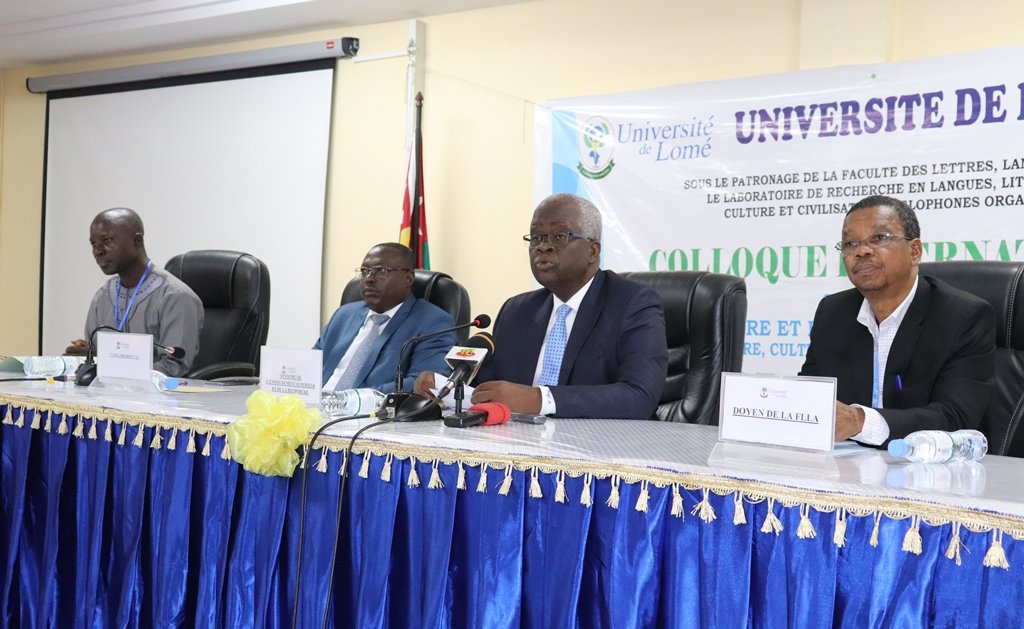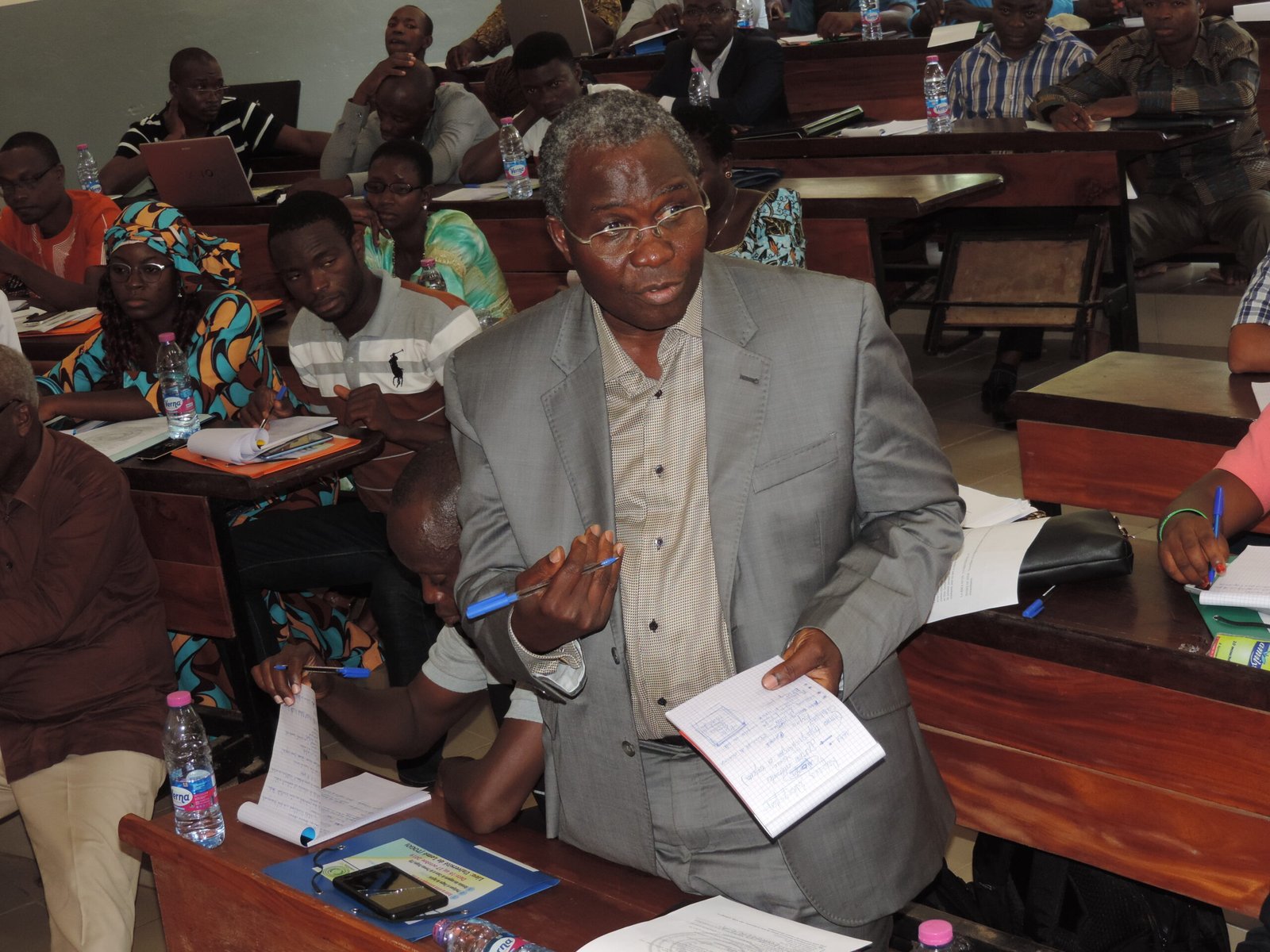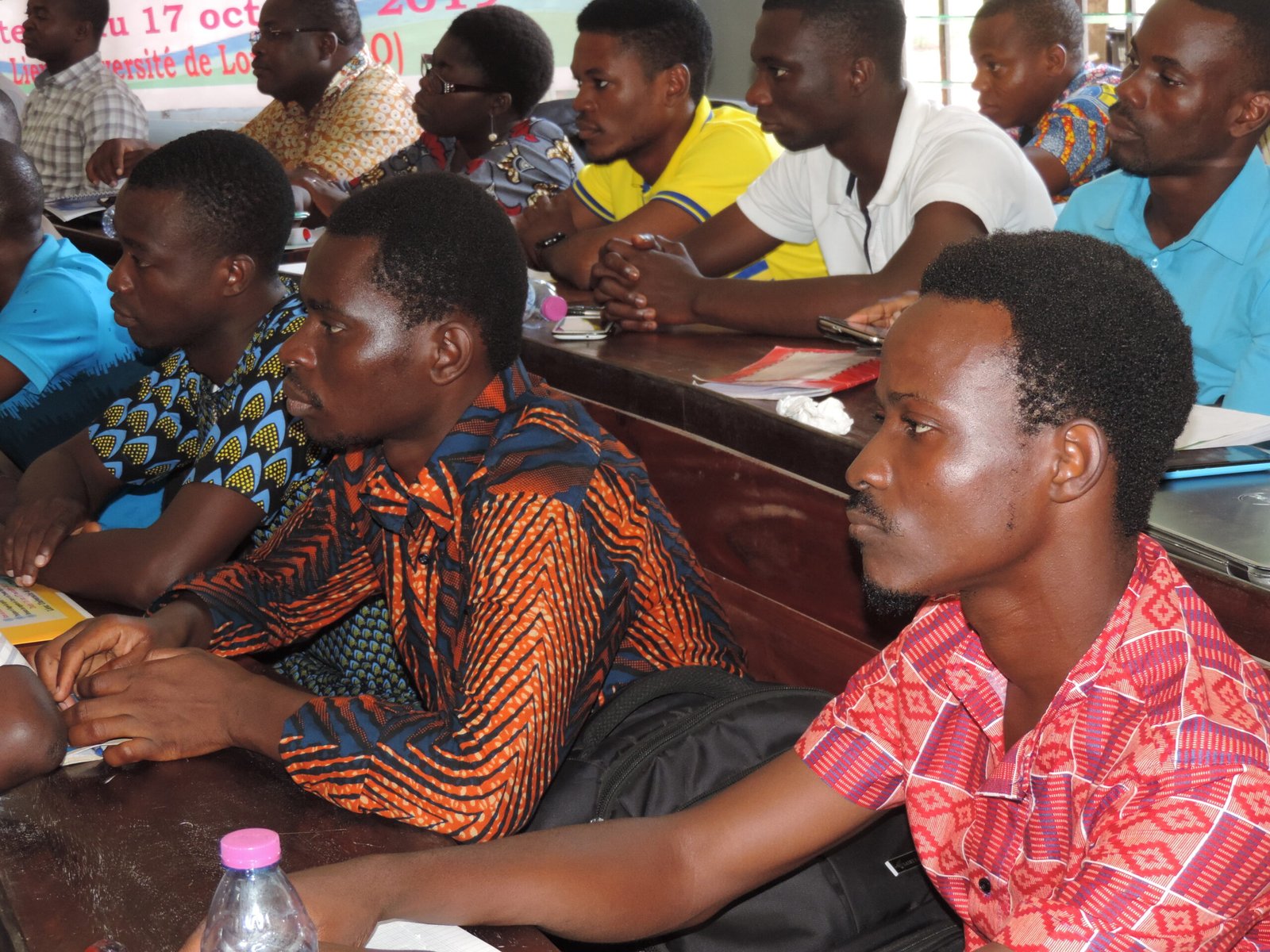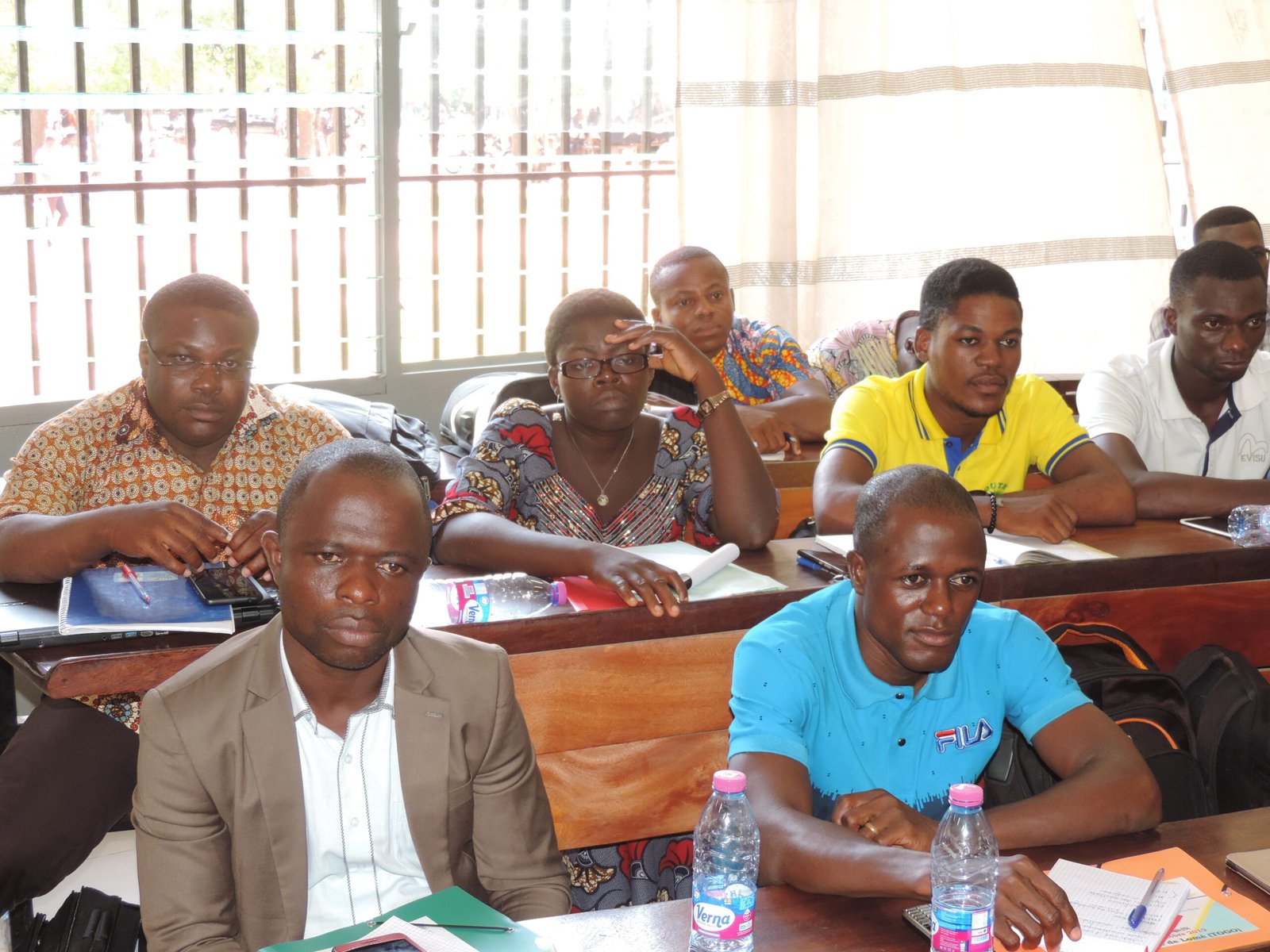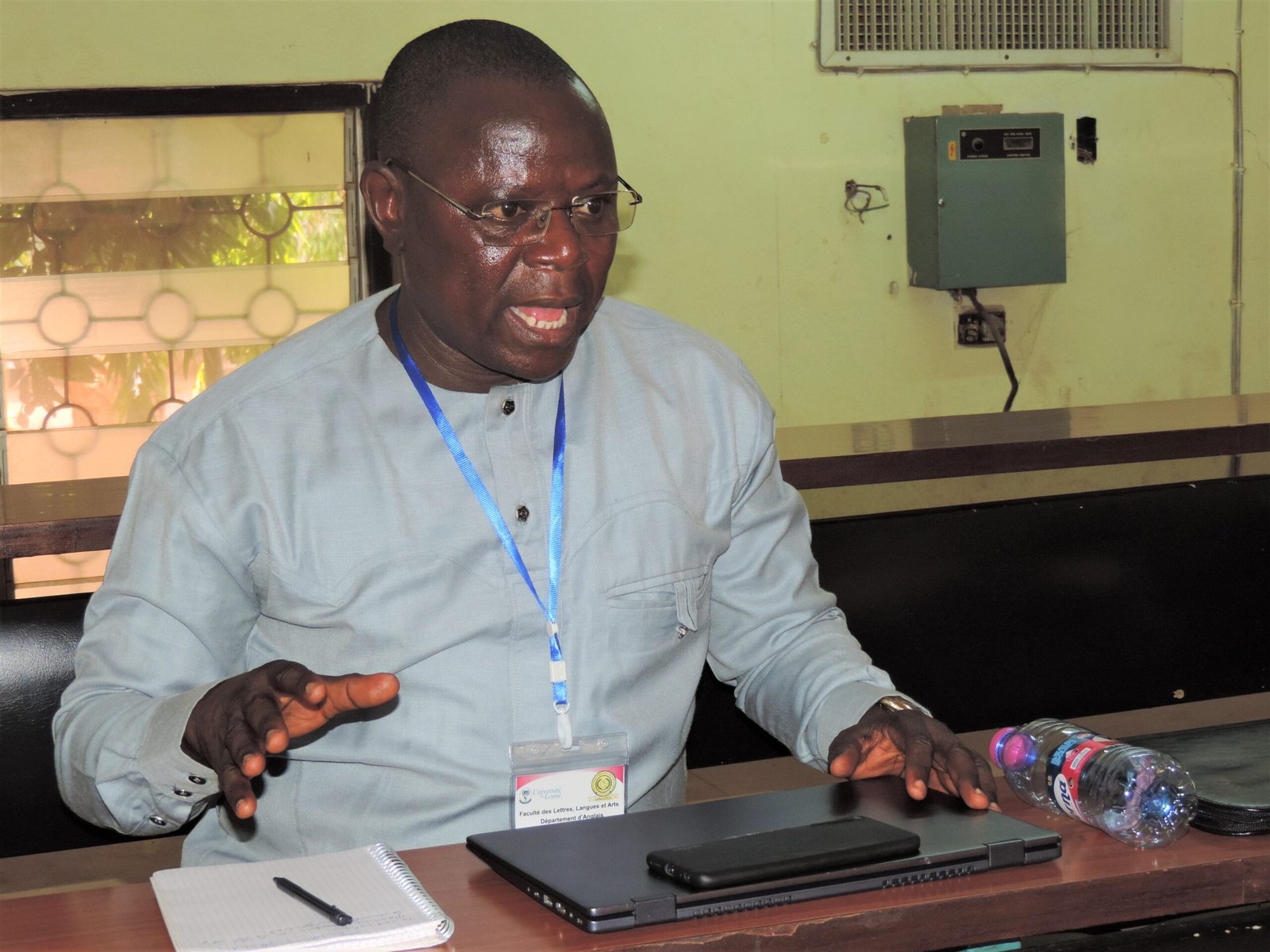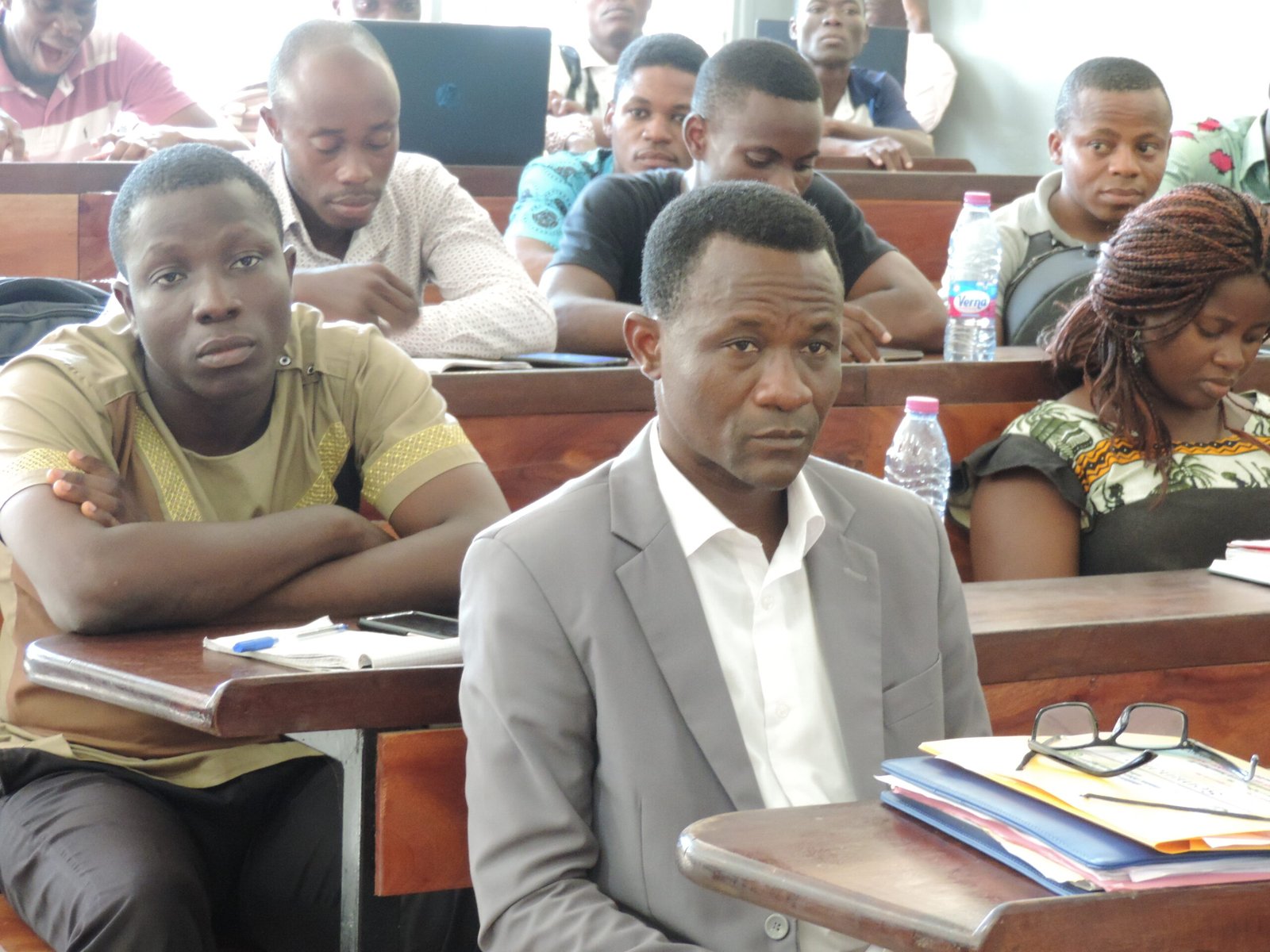PUBLICATION ETHICS AND PUBLICATION MALPRACTICE STATEMENT
1. Ethical commitment
The International Journal of Language, Literature, Culture and Civilization (RILLiCC) -ISSN: 2709-5487, E-ISSN: 2709-5495 is committed to the highest ethical standards throughout the editorial process. The responsibilities of publishers, authors and reviewers aligned with the recommendations of the Committee on Publication Ethics (COPE).
Authors/contributors, chief editor, editorial staff, reviewers and all other stakeholders in the publication of RILLiCC must comply with the Journal’s ethical standards and the recommendations of the Committee on Publication Ethics (COPE) available on the http://publicationethics.org website.
2. Role of authors/contributors
Authors who submit articles to the International Journal of Language, Literature, Culture and Civilization comply with the following:
- their manuscript is original and not previously published, it is not a plagiarized text and the sources used (from the author of the manuscript or others) on the subject treated are referenced and verifiable according to academic standards;
- they have not already presented the same research elsewhere, under whatever form, in works already published;
- the authorship of the research carried out is limited to three people who have brought key contribution to the research. In co-publication, the name that comes first is that of the main author while others are co-authors;
- a scientific article must have enough details and references to induce clarity, avoid confusion and ensure consistency of ideas and easy flow of the message;
- inaccurate and personal statements are against the ethics and so, it calls for the rejection of the article;
- any significant error or false statement found after publication of an article should be reported to the journal by the authors so that the article can be withdrawn or an adequate erratum published as soon as possible.
3. Role of Editors
- The editorial board is required to conduct the peer review process in a fair and impartial manner.
- Editors respect the principle of confidentiality in the treatment of manuscripts.
- The acceptance of articles is exclusively based on their intellectual content and scientific/academic quality.
- In case of plagiarism or conflict of interest, editors must take appropriate measures.
- Editors must take into account the evaluation made by the reviewers.
- Editors must not use manuscripts not accepted or published by the journal in their own research.
4. Role of Reviewers
Peer-review is a process that assists the editor in taking decisions about the quality, the acceptance, or the rejection of articles submitted to the journal.
Any reviewer selected on behalf of RILLiCC is notified and has agreed with the following statements:
- if a reviewer cannot meet the required time for evaluation, he or she is required to inform the editor-in-chief of the journal without delay to allow the latter to change a reviewer;
- manuscripts submitted to the reviewer are confidential and should not be discussed with any third party;
- examinations of texts submitted for evaluation focus on the work, and do not concern the authors of the work. The evaluators must give a clear and reasoned opinion in their evaluation report in order to raise awareness of the editorial board.
- reviewers should be able to identify published, available, and relevant works that miss in the authors article and make suggestions.
- A reviewer should also notice and point out to the editorial board any similarity between the authors’ articles and any identifiable published work.
- Reviewers should not use manuscripts submitted to them in their own research.
5. Generated AI Policy
RILLiCC acknowledges and appreciates technological advancement that enhancing academic and scientific research through AI. However, in relation to Gen AI and given the experience of previously evaluated articles, the editor of the Journal warns the contributors against the generation of texts and references with a totally dependence on machines, creating contents without the researchers’ intellectual efforts. RILLiCC promotes intellectually guided research and not ready-made productions. Any attempt against this policy falls short of the publication Ethics of the Journal.
6. Authorship criteria
Authorship is granted to up to three co-publishers who have brought key contribution to the research. However, no submitted manuscript should be an already submitted or published text.
7. Peer Review Procedures
RILLiCC is a double-blind peer-review Journal.The reviewer does not know the identity of the author of the manuscript and the author of the manuscript does not know the identity of the reviewer either;
A reading grid is designed by the scientific and reading committees for more objectivity and for taking into account the different aspects of the manuscript in the details that can make it possible to make a decision on the acceptance or rejection of the article.
The observations and suggestions made are noted on the evaluation sheet to allow the author to identify, section by section, the qualities and defects that justify the decision taken by the evaluation.
The results of the evaluation (Instructed text and completed evaluation grid) are sent to the authors of articles anonymously. However, each author has the right to make his or her reservations known. However, the instructors and the editorial team reserve the right to take this into account or not as the case may be. If in the end, the author does not agree, he or she can request the withdrawal of his or her text from the issue or volume.
The author of the article has the opportunity to improve his text within two weeks. After this deadline, the editorial team declines all responsibility.
The evaluator or reviewer will demonstrate compliance with the Statement of Publication Ethics and demonstrate competence in the manuscript review process.
8. Copyright and Licensing
Copyright is granted to the two parties, the author and the Journal. Authors retain the copyright to their original work but grant the journal the exclusive right to publish, distribute, and store the article. Readers are permitted to use portions of the articles for non-commercial purposes, provided proper attribution is given. For all other uses, including commercial distribution, redistribution, or creation of derivative works, written permission from the journal is required.
9. Author Fees
For manuscripts processing, contributors are entitled to pay 80 000. Any reviewed manuscript is not refundable if the author fails to cope with the publication policies and deadline.
10. Process for identification of and dealing with allegations of research misconduct
Anti-plagiarism test is conducted and citation manipulation as well as data falsification among other forms of misconduct are checked out by the editorial board through anti plagiarism software for qualitative publication. Manuscripts that fall within the misconduct are withdrawn from the publishing process. COPE’s guidelines are referred to deal with appropriate misconduct.
11. Publication Ethics
For the publication ethics: i) Journal policy and the authorship, ii) how the journal will handle complaint and appeals, iii) Journal policy on the conflict of interest, iv) Journal policy on data sharing and reproducibility, v) Journal policy on ethical oversight, vi) Journal’s policy on intellectual property, vii) journal’s options for post publication discussions and corrections.
12. Publishing schedule
The publication of the Journal is biannual- July and December.
13. Access
The Journal and articles, individual articles are available to readers via www.larellicca.com.
14. Archiving
Journal content is access through www.larellicca.com and data stocked in.
15. Revenue sources
The Journal is in search of fundings institutions. For the mean time, it owes it live on the staff financial contribution and authors’ fees.
16. Advertising
The advertising of the Journal is conducted through the Secretariat and the IT cell periodically.
17. Direct marketing
So far, the Journal has been on free access policy to increase visibility.
